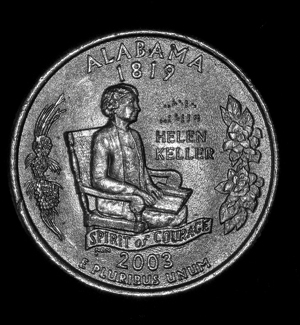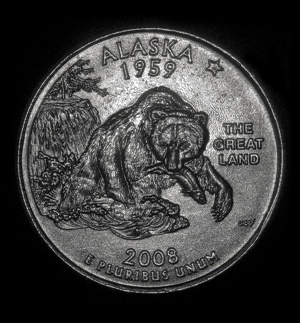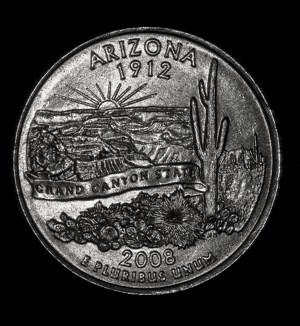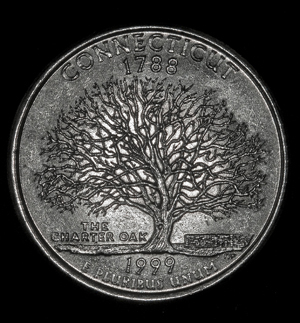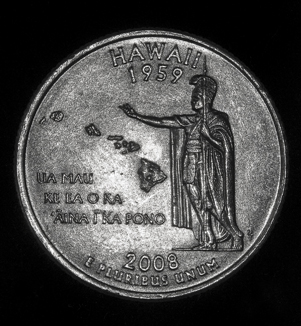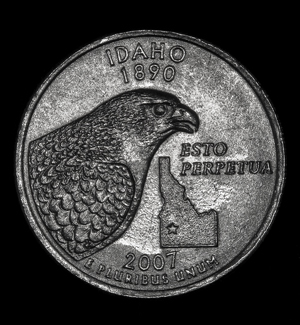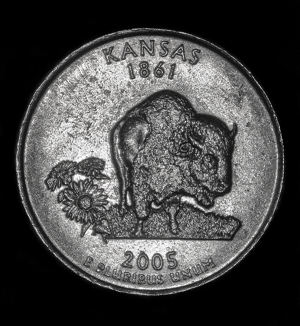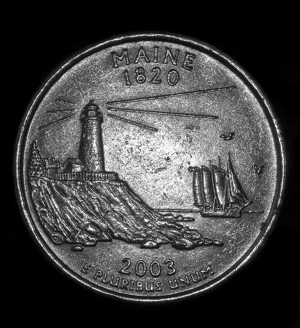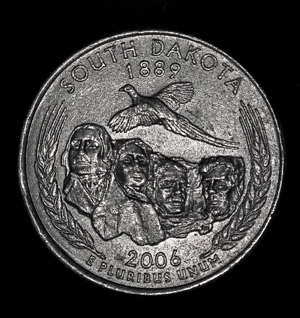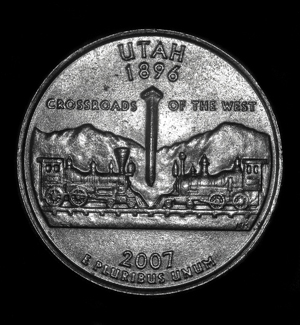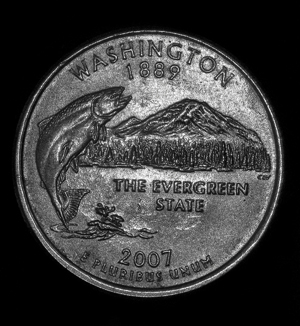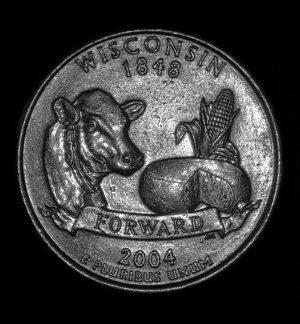When I was a kid having a quarter meant a lot. It gave the average child the opportunity to play an arcade game, or buy a piece of gum or candy from the coin machines that greet you when entering large department and grocery stores. Quarters also provided an easy way of settling minor disputes, making decisions, or deciding which team got to start with the ball at sporting events simply by flipping one into the air and making the call of either heads or tails.
Now-a-days quarters don’t seem to mean as much to me as they used to, unless I am dumping several pounds of them into the counting machines located next to the gum and candy machines in the same department and grocery stores that I mentioned before. Anyone who has used these machines knows that when this transaction is done you are about 10% poorer than you were when you entered the store, but have saved yourself the nuisance of counting and rolling all of your spare change by hand.
That being said, when I decided to take on a photographic project that consisted of making images of quarters at different magnifications I did not do so because I am an avid coin collector. Instead my motivation was based more specifically around a piece of equipment, an Olympus axial illuminator, and the lighting technique it produces called axial illumination. Axial illumination is created when your light source is transmitted along the same axis as your imaging system. I was introduced to this technique during a photo macrography demonstration conducted by Professor Michael Peres at the Rochester Institute of Technology where I am currently a student. I found the effects of the axial light on reflective surfaces so inspiring that I decided to explore it and make it the basis for my final project in Peres' class.
I chose quarters as my subject matter for a few reasons. The first is that they are easily accessible. They randomly fill my pockets, compartments in my car, and the cracks and crevices of the furniture in my apartment. I knew acquiring lots of them would not be a problem. I also considered that this project would be published via a United Kingdom generated website and figured many of it’s visitors may find the designs found in these pieces of American currency of interest. Finally, between the years of 1999 and 2008 the Untied States Mint produced one unique quarter design for each of the fifty states, all of which ended up on the “tails” side of the coins. Five of these new designs came out each year during this time period, and each design was minted for about ten weeks. An image of George Washington still graces the heads side of each of these coins, which is consistent with the original quarter. I saw these newer coins as a wealth of landscapes and imagery to photograph under high magnification while using axial illumination techniques. I was only able to image about twenty-five of these coins within my deadline period and have included twelve of my more successful attempts on this website. You will find both a full quarter image and a magnified image for each state quarter that I have chosen to include. I also think that it is important to mention that I created additional depth of field and texture within these images by rolling through my focus from the top-most areas of the engravings to the base of the coin and then compiling these images (usually about two or three per coin) using the stacking software called Helicon Focus. This technique was only used on the higher magnified images.
ENJOY
If you are interested in more information about the United States Mint or the 50 State Quarters Program please visit this site: http://www.usmint.gov/mint_Programs/50sq_program/?action=designs_50sq
Equipment used:
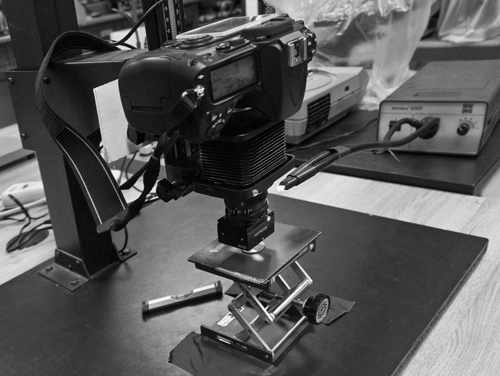
Nikon D300
Olympus 38 mm macro lens
|Olympus Axial Illuminator (not currently in production)
Nikon PB-4 bellows
Volpi fiber optics unit
Copy stand
Lab jack
CLICK ON A COIN
